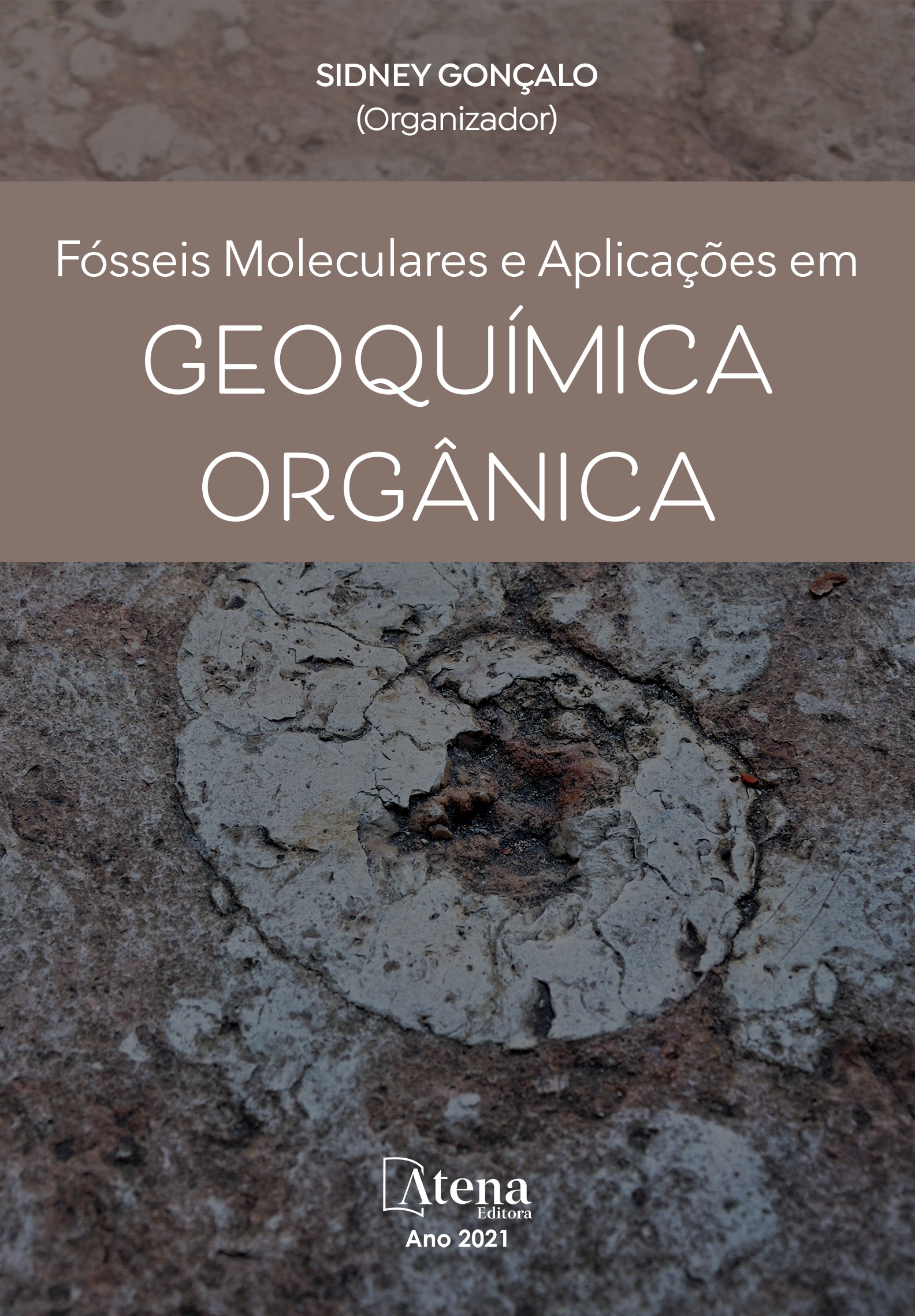
APLICAÇÃO DOS CROMANS NA AVALIAÇÃO DA SALINIDADE E INFLUXO DE ÁGUA DOCE EM FOLHELHOS DA FORMAÇÃO IRATI, BACIA DO PARANÁ
Os metiltrimetiltridecilcromans (MTTCs) são compostos oxigenados presentes em extratos orgânicos de sedimentos e óleos que variam do início do período Cambriano ao Quaternário. Estes vêm sendo aplicados com êxito para avaliar paleosalinidade, levando em consideração que os metil e dimetil MTTCs ocorrem em maior abundância em amostras depositadas em paleoambientes de alta salinidade. Neste trabalho, os MTTCs foram detectados por meio de análises de cromatografia gasosa acoplada a espectrometria de massas (CG-EM) nos folhelhos betuminosos da Formação Irati (Cisuraliano - Permiano), Bacia do Paraná, coletados nos estados de São Paulo (na pedreira da Mineradora Amaral Machado, na cidade de Saltinho) e Paraná (na pedreira da SIX, na cidade de São Mateus do Sul). Até onde sabemos, foi a primeira vez que os cromans foram reportados em sedimentos da América do Sul. A alta abundância dos compostos metil, principalmente, e dos 5,8- e 7,8-dimetil MTTCs indicaram paleoambiente deposicional de alta salinidade para as amostras da base dos afloramentos, enquanto os trimetil MTTCs foram detectados independente da salinidade. Baseando-se nesta constatação, as razões trimetil/metil MTTCs (5,7,8-trimetil MTTC/8-metil MTTC) e croman [5,7,8-trimetil MTTC/(8-metil MTTC + 5,8-dimetil MTTC + 7,8-dimetil MTTC + 5,7,8-trimetil MTTC)] aumentaram com a diminuição da salinidade em direção ao topo dos afloramentos, e, portanto, foram úteis para avaliar as mudanças nas condições de paleosalinidade das amostras da Formação Irati com o aumento de influxo de água doce.
APLICAÇÃO DOS CROMANS NA AVALIAÇÃO DA SALINIDADE E INFLUXO DE ÁGUA DOCE EM FOLHELHOS DA FORMAÇÃO IRATI, BACIA DO PARANÁ
-
DOI: 10.22533/at.ed.1582206014
-
Palavras-chave: MTTC; Paleosalinidade; Paleoambiente deposicional; Folhelhos betuminosos; Formação Irati.
-
Keywords: MTTC; Paleosalinity; Depositional paleoenvironment; Black shales; Irati Formation
-
Abstract:
Methyltrimethyltridecylchromans (MTTCs) are oxygenated compounds present in organic extracts of sediments and oils ranging from the early Cambrian to the Quaternary period. These compounds have been successfully applied to assess paleosalinity, taking into account that methyl and dimethyl MTTCs occur in greater abundance in samples deposited in high salinity paleoenvironments. In this work, MTTCs were detected by gas chromatography coupled to mass spectrometry analysis (GC-MS) in black shales from the Irati Formation (Cisuralian-Permian), Paraná Basin, collected in the states of São Paulo (from a quarry in the Amaral Machado Mining Company, near Saltinho city) and Paraná (from the quarry SIX, in the São Mateus do Sul city). To the best of our knowledge, this was the first time that chromans were reported in sediments from South America. The high abundance of methyl compounds, and of 5,8- and 7,8-dimethyl MTTCs indicated a high salinity depositional paleoenvironment for the samples from the base of the outcrops, while trimethyl MTTCs were detected regardless of salinity. Based on this, the ratios trimethyl/methyl MTTCs (5,7,8-trimethyl MTTC/8-methyl MTTC) and chroman [5,7,8-trimethyl MTTC/( 8-methyl MTTC + 5,8-dimethyl MTTC + 7,8-dimethyl MTTC + 5,7,8-trimethyl MTTC)] increased with decreasing salinity towards the top of the outcrops, and therefore were useful in evaluating the changes in paleosalinity conditions of samples from the Irati Formation due to the increasing freshwater inflow.
-
Número de páginas: 22
- Caroline Adolphsson do Nascimento
- Georgiana Feitosa da Cruz
- Hélio Jorge Portugal Severiano Ribeiro
- Eliane Soares de Souza
- Hans-Martin Schulz
- Laercio Lopes Martins


